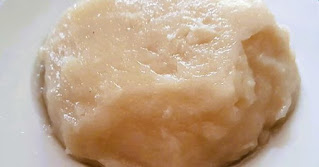One in Six People in Sudan is Homeless

Picture your home like your cozy nest, where you feel safe and comfortable, surrounded by your family and all your favorite things. Now, think about being told that you have to leave that nest and go somewhere else because of something like a war, gangs, or hunger that makes it impossible to stay there. Being displaced from home means having to leave your nest suddenly and being unable to return for a while. Just like when you go on a trip and miss your bed, being displaced means not having your home, toys, or friends nearby. You have to stay in a different place, maybe with relatives, friends, or a particular shelter such as a displaced persons camp, until it's safe to return home. One in Six People in Sudan is Homeless Sudan is home to a population of 48.6 million, however, since April 2023, 7.7 million people have been displaced both inside and outside of Sudan due to safety concerns. To put it in simpler terms, it's like a playground where some kids can't play anymo
 Since 2007
Since 2007




.jpg)
